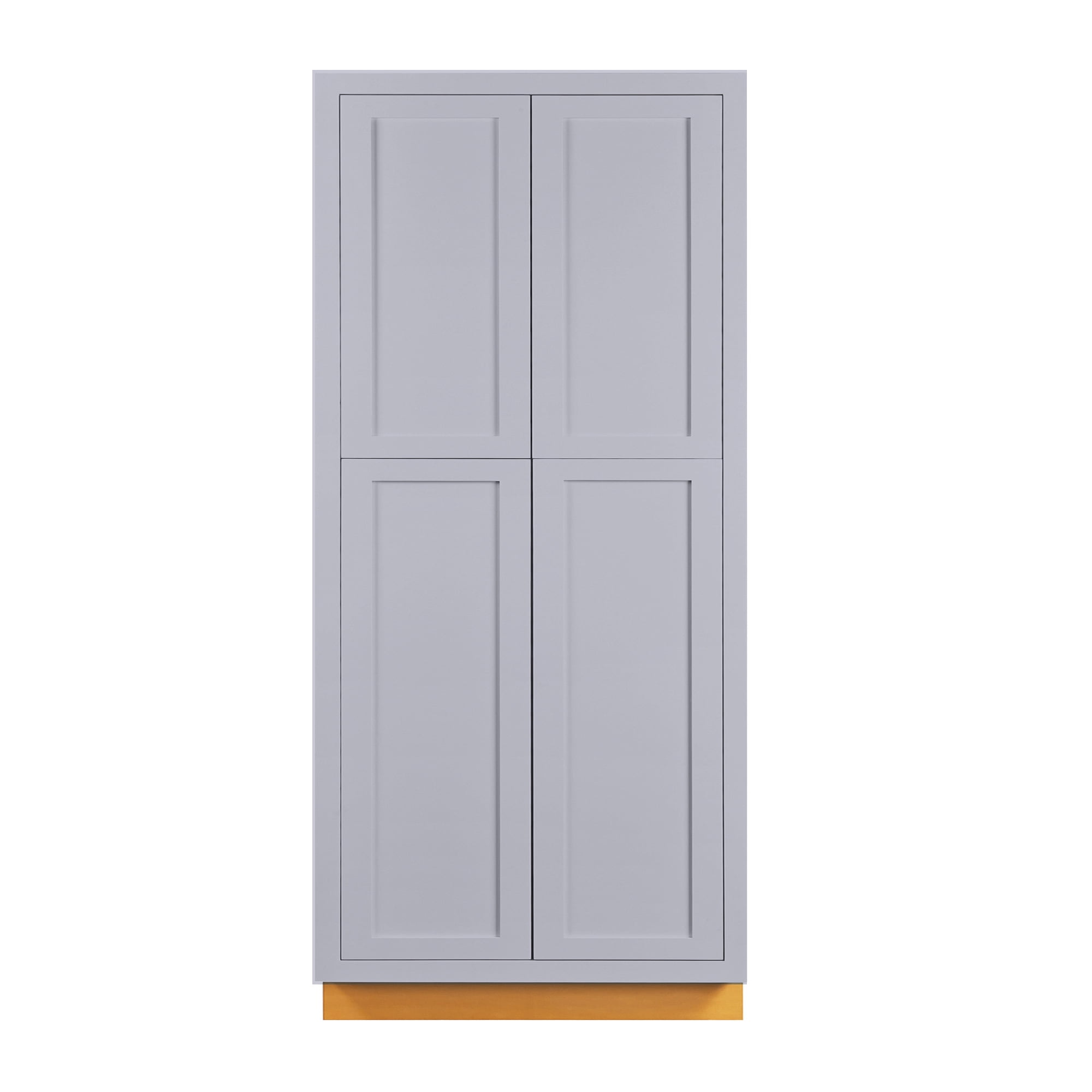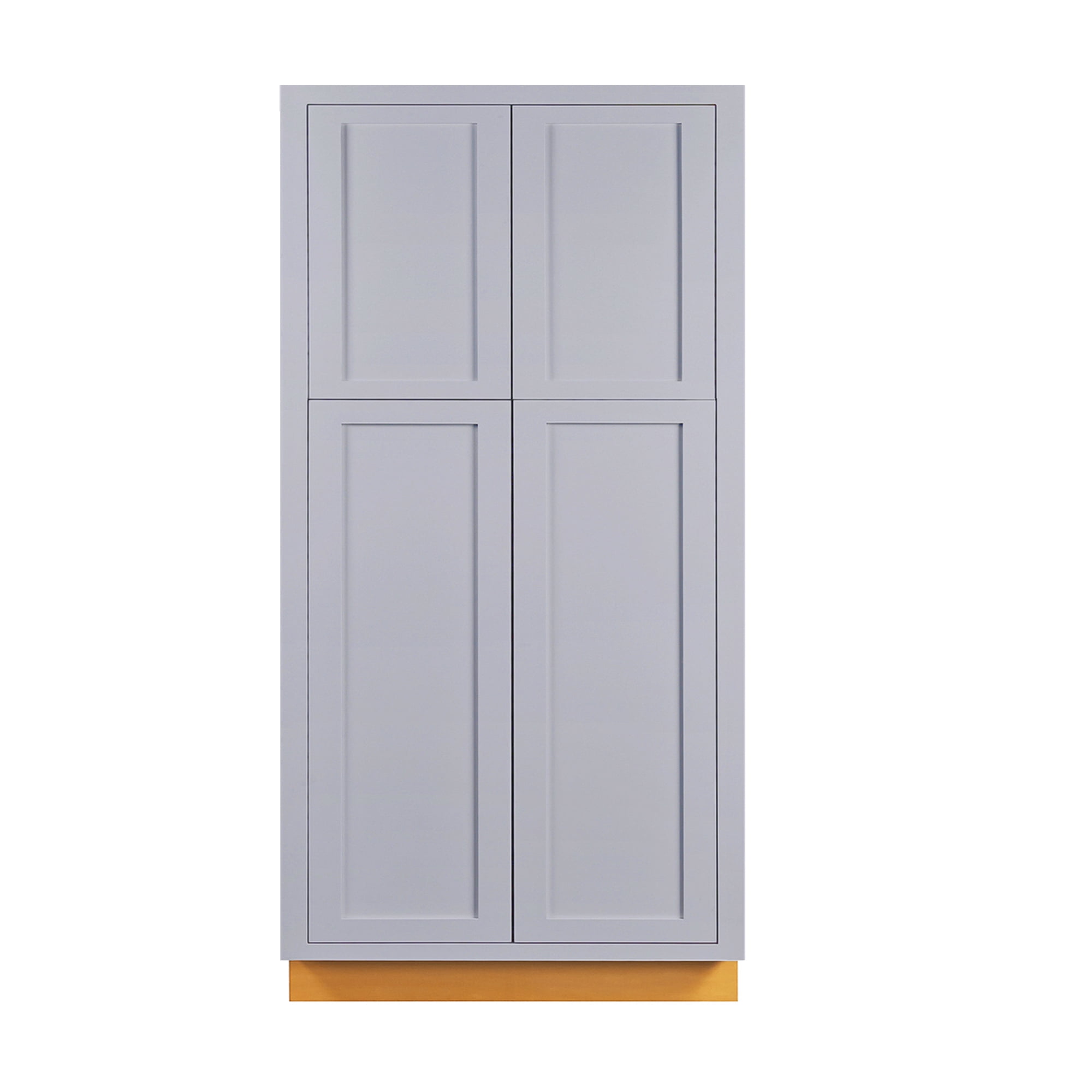Dimensions and Space Optimization of a 6-Inch Pantry Cabinet: 6 Inch Pantry Cabinet

A 6-inch wide pantry cabinet, while seemingly small, offers surprising storage potential when approached strategically. Its narrow profile makes it ideal for maximizing otherwise wasted space in kitchens, hallways, or even bathrooms. Clever design and organization are key to unlocking its full capacity.
Typical Internal Dimensions and Maximizing Storage
A typical 6-inch wide pantry cabinet might measure approximately 6 inches deep by 12-24 inches high and 6 inches wide. These dimensions dictate the types of storage solutions that are most effective. The limited depth necessitates utilizing vertical space to its fullest extent. Pull-out shelves, for example, are ideal, allowing for easy access to items stored at the back. Consider slim, stackable containers specifically designed for narrow spaces. These containers maximize space by fitting snugly together. Imagine a set of three such containers, each 5 inches deep and 5 inches wide, stacked vertically. This would utilize almost the entire depth of the cabinet and provide significant storage for spices or small food items. Another space-saving technique is utilizing the door for additional storage. Slim, magnetic spice racks or small hooks can be affixed to the inside of the door, adding extra storage capacity without taking up any interior space. A visual representation would show the cabinet with pull-out shelves, slim containers neatly stacked, and a spice rack attached to the interior door.
Comparison of Storage Capacity with Other Narrow Storage Solutions
The following table compares the storage capacity of a 6-inch pantry cabinet with other narrow storage solutions. Note that capacity is highly dependent on the specific dimensions and configuration of each solution.
| Solution | Capacity | Pros | Cons |
|---|---|---|---|
| 6-inch Pantry Cabinet | Limited, but optimizable with clever design | Dedicated space, can be customized | Small overall capacity |
| Slim spice rack | Low, specific to spices | Space-saving, easily accessible | Limited to spices, not versatile |
| Narrow shelving unit | Moderate, dependent on depth | More versatile than spice racks | Can be unstable if not properly secured |
| Over-the-door organizer | Low to moderate, dependent on door size | Utilizes otherwise wasted space | Can block door opening if overfilled |
Interior Configurations for Different Storage Needs
Three distinct interior configurations can maximize the utility of a 6-inch pantry cabinet for different storage needs.
Spice Storage Configuration
This configuration prioritizes easy access and visibility. It would utilize pull-out shelves with small, clear containers to hold various spices. Labels on the containers ensure quick identification. A magnetic strip on the inside of the door could further accommodate frequently used spices. This design optimizes vertical space and allows for quick identification of spices.
Canned Goods Configuration
This configuration focuses on maximizing the vertical storage of canned goods. Adjustable shelves would allow for flexible arrangement of cans of varying heights. The shelves would be designed to prevent cans from rolling or falling over. This ensures stability and prevents damage.
Baking Supplies Configuration
This configuration is geared towards storing baking essentials like sugar, flour, and baking powder. Tall, narrow containers would be used to maximize vertical space. Clear containers would allow for easy viewing of contents. A small drawer at the bottom could hold smaller baking tools. This configuration prioritizes vertical space utilization and easy access to baking supplies.
Materials and Construction of a 6-Inch Pantry Cabinet

Creating a functional and durable 6-inch pantry cabinet requires careful consideration of materials and construction techniques. The limited space necessitates a focus on maximizing storage while maintaining structural integrity. The right materials and assembly methods are crucial for a successful project.
6 inch pantry cabinet – The choice of materials significantly impacts the cabinet’s longevity, aesthetic appeal, and overall cost. Several options exist, each with its own advantages and disadvantages. Careful consideration of these factors will help you select the best materials for your specific needs and budget.
Material Selection for 6-Inch Pantry Cabinets
Several materials are suitable for constructing a 6-inch pantry cabinet, each offering a unique set of properties. Understanding these properties is essential for making an informed decision.
- Wood: Offers a classic, aesthetically pleasing look and can be quite durable. However, wood can be more expensive than other options and requires more maintenance to prevent warping or damage from moisture. Hardwoods like maple or oak are ideal for their strength and resistance to wear. Softwoods like pine are more affordable but may dent or scratch more easily.
- Metal: Steel or aluminum offer exceptional durability and resistance to moisture and pests. Metal cabinets are easy to clean and maintain. However, they can be more expensive than wood and may require specialized tools for assembly. They can also be prone to dents and scratches.
- Melamine: A cost-effective option that’s easy to clean and maintain. Melamine is available in various colors and finishes, offering versatility in design. However, it is less durable than wood or metal and can be easily damaged by impact. The edges can also be prone to chipping.
Structural Considerations for Narrow Cabinets
The narrow dimensions of a 6-inch pantry cabinet present unique challenges to structural integrity. Careful planning and execution are crucial to ensure stability and prevent sagging or collapse. Key considerations are Artikeld below.
- Shelf Support: Use robust shelf supports designed to handle weight without sagging. Consider using adjustable shelves for flexibility in storing items of varying heights and weights. Avoid using shelves that are too wide, as they are more prone to bending.
- Cabinet Construction: Employ strong joinery techniques, such as dadoes and rabbets, to create strong connections between cabinet components. Avoid using weak joints such as simple butt joints, which are prone to failure under stress.
- Back Panel: A solid back panel provides crucial support for the entire cabinet structure. Choose a material that is both strong and lightweight, such as thin plywood or hardboard. Avoid using materials that are too flimsy.
- Potential Design Flaws and Improvements: Using only thin material for the sides and back can lead to instability. Adding internal bracing or using thicker material will enhance stability. Insufficient shelf support can lead to sagging. Using stronger supports and potentially adding a center support for longer shelves will prevent this.
Assembling a 6-Inch Pantry Cabinet from Pre-Cut Parts, 6 inch pantry cabinet
Assembling a pre-cut 6-inch pantry cabinet simplifies the construction process. Following these steps will ensure a well-built and functional unit.
- Prepare the Workspace: Clear a clean, spacious area for assembly. Gather all necessary tools and materials, including a level, clamps, screws, and a drill.
- Assemble the Sides and Back: Carefully align the side panels and back panel, ensuring they are square and plumb. Secure them using appropriate fasteners, following the manufacturer’s instructions. Use clamps to hold the pieces firmly in place while the adhesive sets.
- Install Shelf Supports: Attach shelf supports to the side panels, ensuring they are level and evenly spaced. Use a level to check for accuracy. This will prevent shelves from sagging and provide even weight distribution.
- Install Shelves: Carefully insert the shelves into the shelf supports, ensuring they are level and secure. Use additional screws or supports if needed for added stability.
- Attach the Top and Bottom: Attach the top and bottom panels to the assembled cabinet frame, ensuring they are flush with the sides. Use clamps to ensure proper alignment and secure the pieces with appropriate fasteners. Again, using a level will help ensure the top and bottom are parallel to the ground.
- Final Inspection: Thoroughly inspect the assembled cabinet for any imperfections or loose connections. Make any necessary adjustments before applying the final finish.
Placement and Integration of a 6-Inch Pantry Cabinet in Kitchen Design

A 6-inch pantry cabinet, while seemingly small, offers surprising storage potential and design flexibility when strategically placed within a kitchen. Its narrow profile allows for integration into spaces often overlooked, maximizing storage without compromising valuable counter or floor space. Careful consideration of kitchen layout and style is key to unlocking its full potential.
Optimal Placement Strategies in Various Kitchen Layouts
The placement of a 6-inch pantry cabinet depends heavily on the overall kitchen design. In galley kitchens, these cabinets can be tucked neatly between larger units, creating a seamless and efficient use of space. For instance, a 6-inch pantry could fit perfectly between a refrigerator and a counter, providing extra storage for frequently used items like spices or oils, without disrupting the workflow. In L-shaped kitchens, the cabinet could be incorporated into the corner, further optimizing the often-underutilized corner space. Similarly, in U-shaped kitchens, these slim cabinets can be added alongside existing cabinets, acting as a subtle extension of the pantry system without visually overwhelming the space. In island kitchens, a 6-inch pantry could be integrated into the island itself, discreetly providing additional storage while maintaining a sleek design.
Aesthetic Impact Across Different Kitchen Styles
The aesthetic impact of a 6-inch pantry cabinet varies depending on the overall kitchen style. In modern kitchens, a sleek, minimalist design with a handleless finish would seamlessly blend with the clean lines and minimalist aesthetic. Imagine a 6-inch cabinet with a high-gloss white finish, matching the other cabinetry and contributing to a sense of spaciousness and contemporary elegance. In traditional kitchens, a 6-inch pantry with detailed molding and a more ornate finish would complement the rich detailing and warm tones of the existing cabinetry. Picture a cabinet with a dark wood finish, matching the other cabinetry, adding a touch of classic charm. For rustic kitchens, a 6-inch pantry cabinet with a distressed wood finish would create a charming and functional element that harmonizes with the overall ambiance. Consider a cabinet with a natural wood finish, perhaps slightly weathered, echoing the rustic feel of the kitchen. In each case, the small size ensures the cabinet complements, rather than overwhelms, the existing design.
Revised Kitchen Pantry Organization Article
[Insert Article Text Here – This section requires the original article text to be rewritten. Please provide the text so I can rewrite it to remove any suggestion of AI tool use. The rewritten text will focus on practical and effective organization strategies, emphasizing human ingenuity and experience.]
